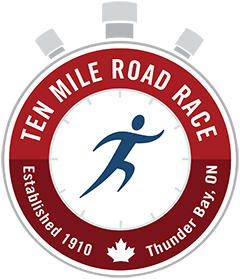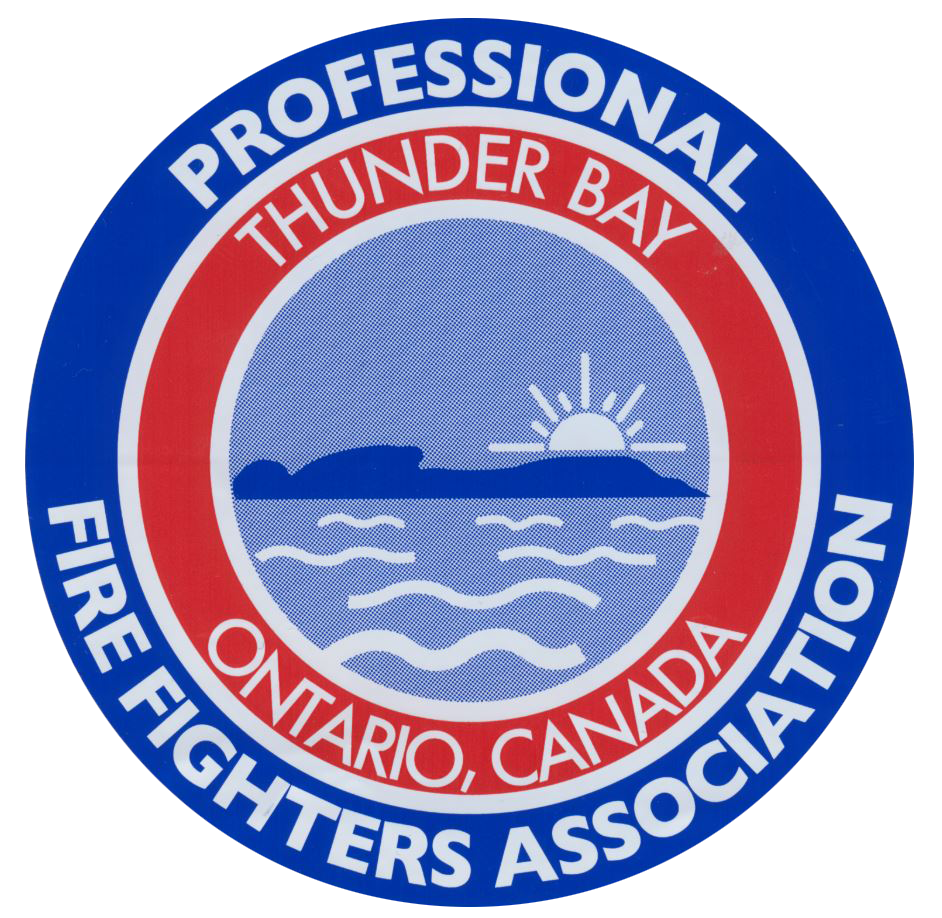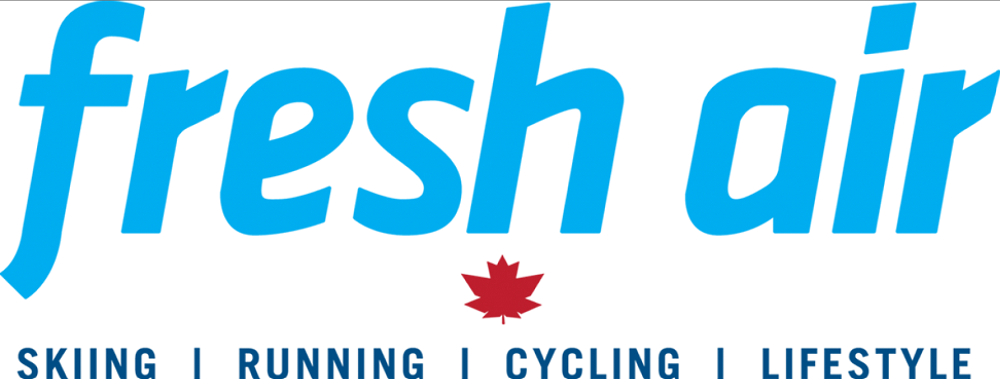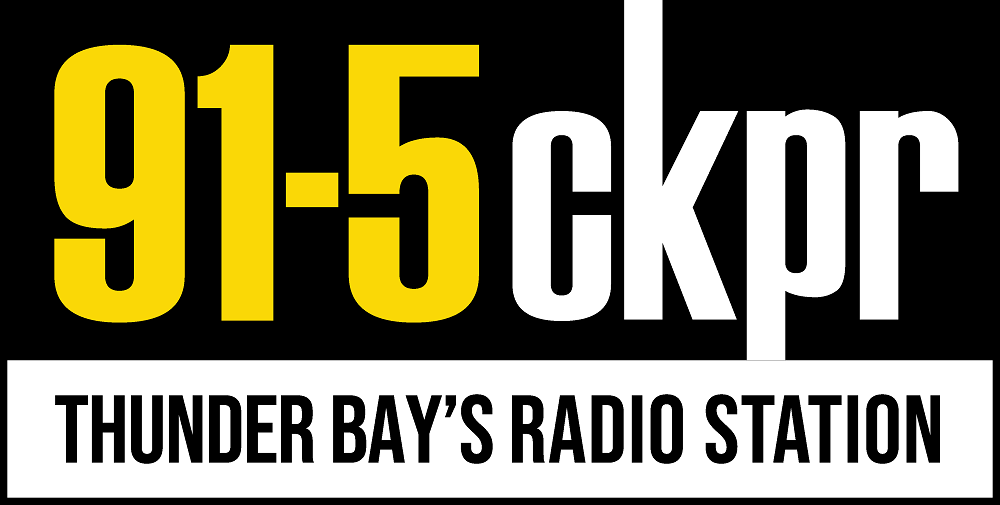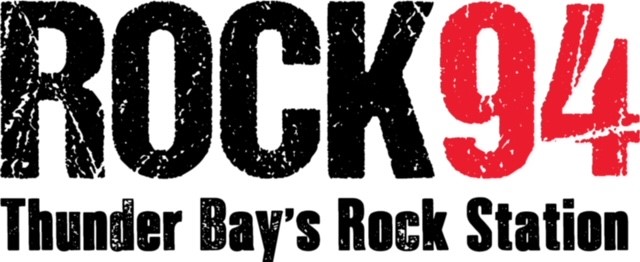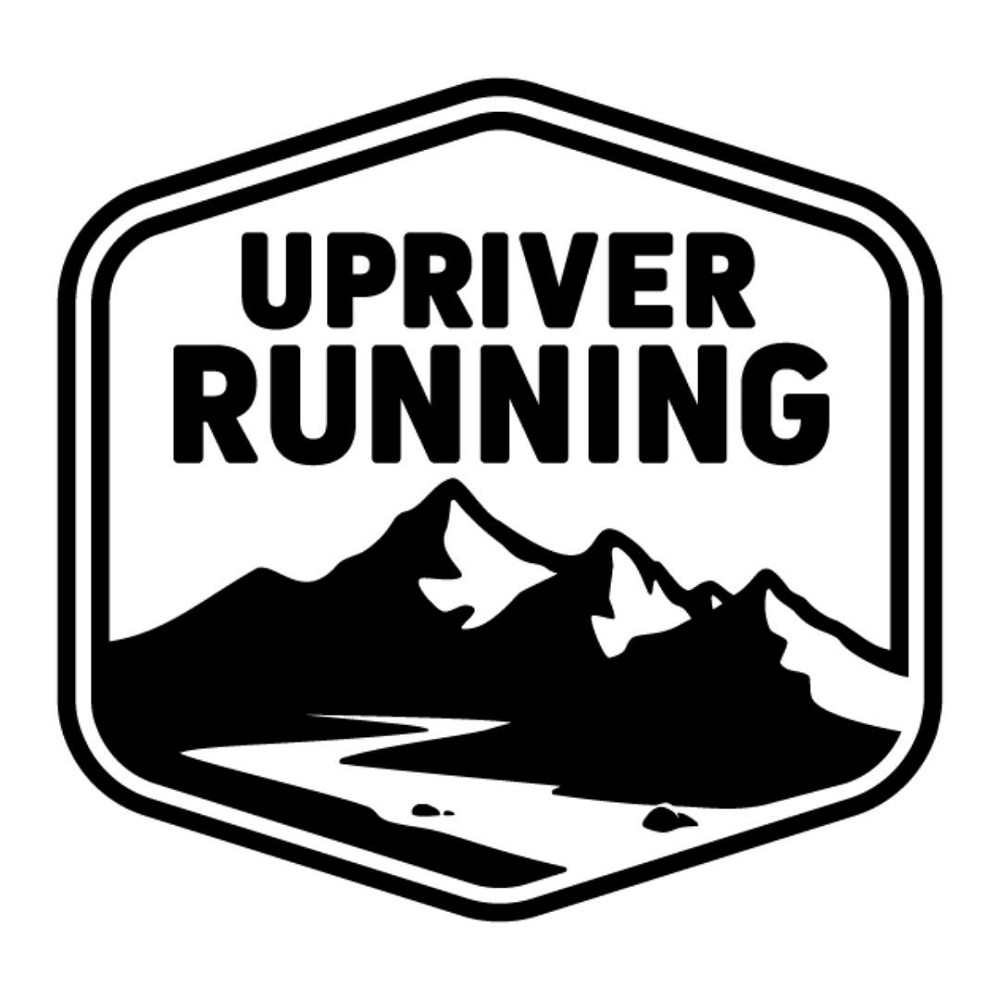old race history
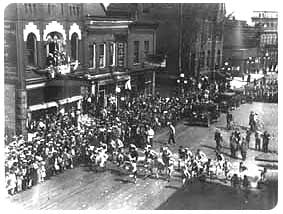
AND THE TRADITION CONTINUES...
AND THE TRADITION CONTINUES...
What would the May 24th long weekend be without the traditional running of the 10 Mile Road Race. This premier running event has a history that dates back to 1910. The Fort William Daily Times-Journal announced in April of 1910 that it would sponsor an annual road race with the purpose of promoting "healthy and clean sport at the head of the lakes". The race followed a course of 10 miles and 52 yards through the streets of Fort William and Port Arthur, Ontario. The streets were lined with spectators along the entire route. They were not disappointed. The inaugural race was won by J.E. Edwards of Port Arthur in a time of 57 minutes flat, outdistancing the second place finisher by over three minutes. This performance is considered fast even by today's standards (male record holder: Pekka Paivarinta - 47:09 in 1975; female record holder Erja Ervonen, Finland, 57:16 in 1994). For his efforts, Edwards received a handsome sterling silver cup (displayed at the Northwestern Sports Hall of Fame).
The Times-Journal went on to provide sponsorship for the race until 1915 when World War I forced the cancellation of the event. It was reinstated in 1920 with E.A. Lawrence from Montreal winning it in a time of 56:49. Interest in the race increased steadily. During the 1920's the race attracted the top runners from Northwestern Ontario. Two local runners, Tom McAuliffe of Port Arthur and Arthur Widnall of Fort William made names for themselves with their involvement in the race (McAuliffe won the race in 1923, 1924, 1926 and 1929; Widnall placed second three times and third once).
During the 1930's, with people feeling the impact of the Great Depression, morale was low. The only commodity which seemed to be in excess was time. This is most likely the main contributing factor to the Ten Mile Road Race's success during this period. The race continually drew a great deal of public interest and the number of entrants was consistently higher than in previous years (an average of 30 runners in 1930's vs. an average of 12 runners in the 1920's). During the 1930's, Finnish athletes dominated the top three positions consistently.
The success of the race came to an abrupt halt in 1939 with the advent of World War II. The 1939 race would also be the last time the Times-Journal would sponsor the event. The future of the race was uncertain and it is understandable that the concern about the race was not a high priority at the time. The race was cancelled indefinitely.
In 1949 during a club meeting of the Royal Canadian Legion Branch 6, a group of war veterans discussed the history of the race and decided to revive the ten mile event. On Victoria Day 1949, one decade after the last race, the Ten Mile Road race was held. A mere seven runners toed the line in that race, the lowest turnout ever. Don Jones of Winnipeg won the event in a time of 60:55, the slowest running of the event in its history. Public enthusiasm and interest was low as well. The Legion did not give up and sponsored the event three more years. Lorne Allard of Port Arthur won the event in 1951. Low registration and public apathy forced the organizers to discontinue the race after the 1952 event. It was thought that interest had switched from running to sitting as the television hit the market.
Interest in distance running increased in the early 1960's and Branch 6 decided to try and revive the Ten Mile Road Race one more time. Thirty-three runners entered. Arjan Gelling of Port Arthur won the event that contained a field of mainly high school runners. The trend throughout the 60's was for young runners to lead the way. Gelling went on to win the race in 1965, 1966 and 1967. He set a new course record in 1967 (52:06). This excellent time and an increased number of competitors assisted the regeneration of public interest in the race. Since 1963 the numbers have increased steadily (over 400 registered in 1993).
In 1968 the first female competitor ran in the Ten Mile Road Race. Frances Blanche of Marathon, Ontario entered the race and finished with a time of 72:56 beating several male competitors. However, there was no recognition for Frances. Awards and separate categories for female runners were not initiated until the late 1970's. The fastest time to date for a local female athlete is Sue Kainulainen (58:30 in 1984). She went on to win the women's division seven times
In 1970 the field of runners was so strong that it would be first year no local area runner would finish in the top three positions. A torrential downpour in 1971, which left the twin cities under water, forced organizers to cancel the race and reschedule it for June 15. The race continued to flourish during the 70's and 80's under the sponsorship of the Royal Canadian Legion. Increased financial burdens on a declining budget forced the legion to withdraw as a major sponsor although they still continue, to this day, show their support in a variety of ways. In 1989 Lakehead University picked up the gauntlet and sponsored the race with the help of the Legion and other supporters. They continued their sponsorship for the next five years. Bell Canada came on board in 1992 and 1993. The torch was then passed to Shoppers Drug Mart who contributed financial and volunteer support fot the next 10 years. In 2004, the 71st running of the 10 Mile Road Race welcomes the Thunder Bay Professional Firefighters Association as the next title sponsor.
